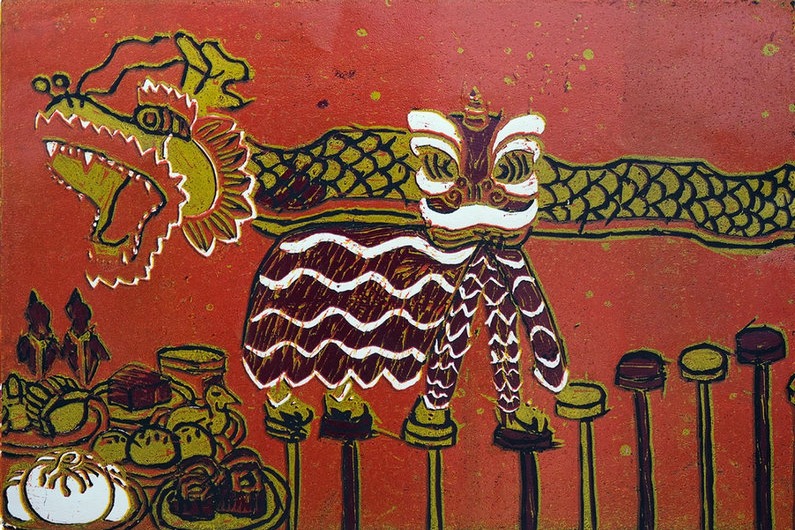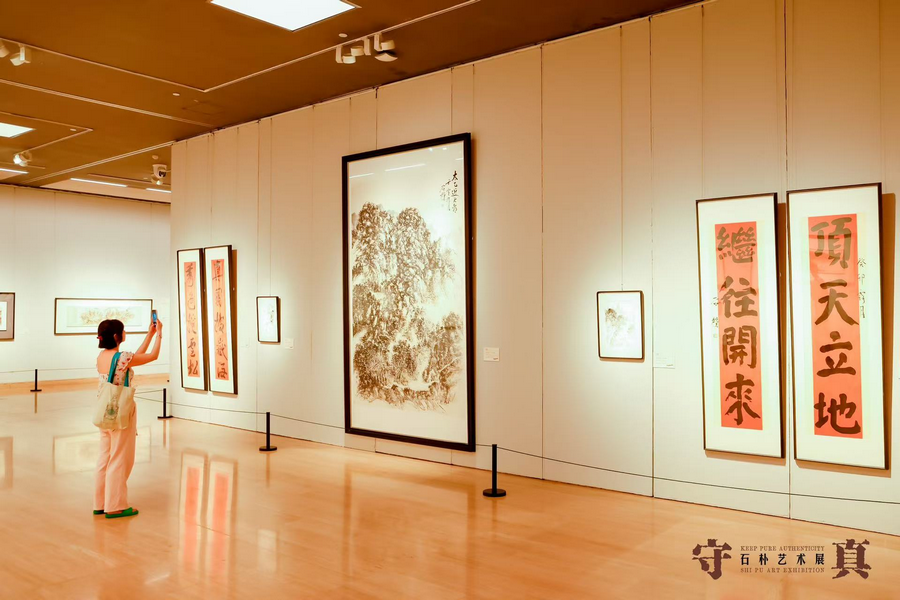Enduring the horrors of POW camp
'Mukden' bears scars of unimaginable cruelty during WWII, Zhao Xu and Wu Yong report in Shenyang.


Many of those who perished that bitter winter had already survived a gauntlet of horrors: the initial bombing of the Philippines — launched mere hours after Japan's surprise attack on Pearl Harbor; the notorious Bataan Death March, where surrendering American and Filipino soldiers were forced to trudge over 100 kilometers through jungle heat and brutality, collapsing one by one along the way; and the harrowing journey aboard a Japanese "Hell Ship" — in this case, the Tottori Maru — so squalid and inhumane it earned the grim title of a "floating tomb" before delivering its emaciated captives to Busan, Korea, from where they boarded a train to Shenyang. (The British and Australian POWs of the camp mainly came from Singapore and Hong Kong.)
"As solid as a battleship's armor" — that was how Jonathan Wainwright, Commander of Allied forces in the Philippines during World War II, described the frozen earth of Northeast China. It was so impenetrable that the digging of burial pits for deceased POWs had to be delayed until late spring. In the meantime, bodies were stacked in a wooden storage shed, their blankets stripped away by fellow prisoners struggling to survive the relentless cold.
In Allied Prisoners of War in China (2018), Chinese historian Yang Jing records former POW Robert Rosendahl's account of the gruesome aftermath of winter: As corpses thawed, they began to emit a stench that attracted wild dogs — animals the starving prisoners killed and ate without hesitation.
The Mukden Camp, as it came to be known, did not officially open until July 1943. Before that, prisoners were temporarily housed in disused army barracks. Spanning nearly 50,000 square meters and holding over 2,000 Allied prisoners, the Mukden Camp was the largest of Japan's 115 POW camps across Asia during WWII. It also had two sub-camps located in Jilin province further north, where General Jonathan Wainwright and other high-ranking Allied officers were confined.
Today, the camp's outer walls — once topped with barbed wire and watched over by guard towers — are long gone. Yet, a water tower and a tall chimney, once linked to the camp's boiler room, still stand. In their shadow, a new building has been erected to display a miscellany of artifacts — mementos from days the POWs had desperately hoped would soon come to an end. These included personal effects like tin lunch boxes, cigarette holders and cases, and rather surprisingly, a gold tooth that once belonged to a POW.





































